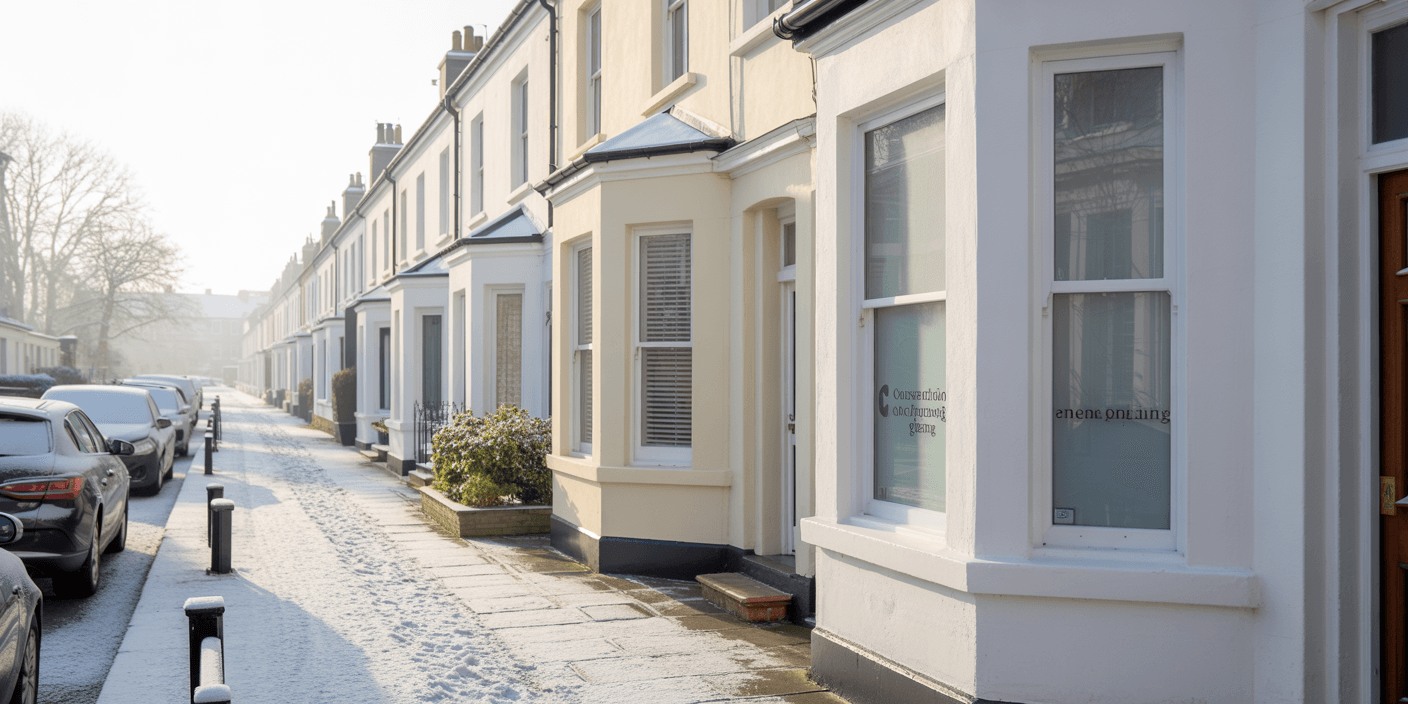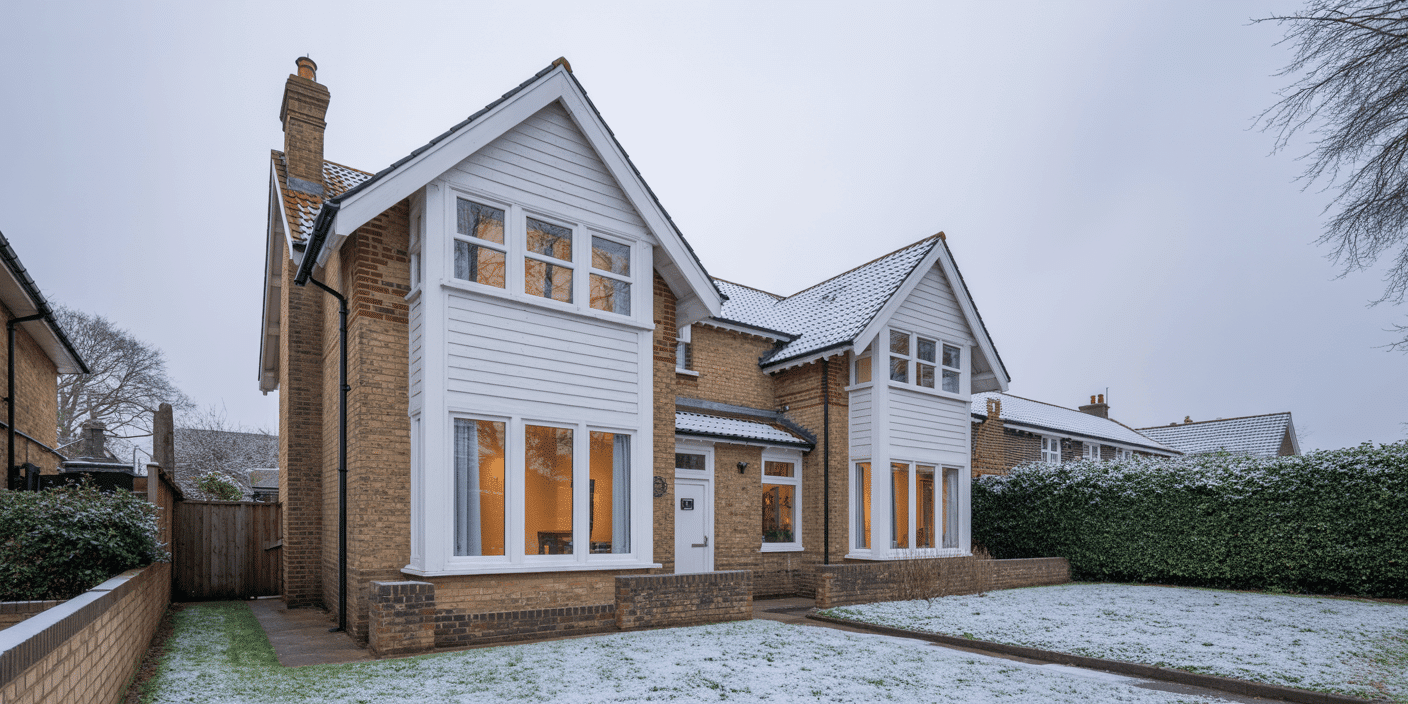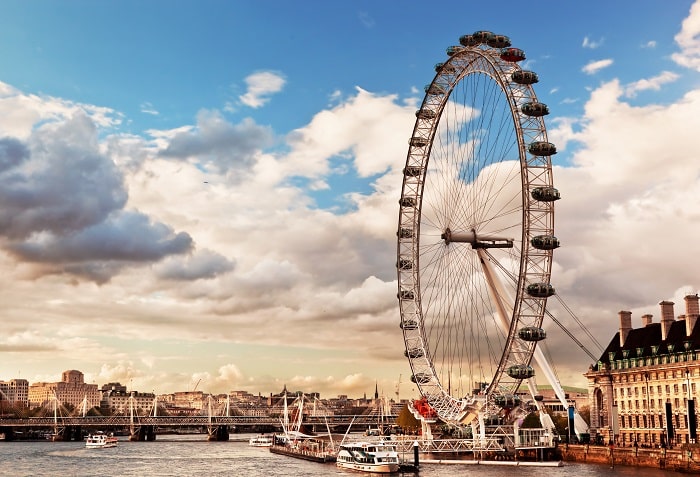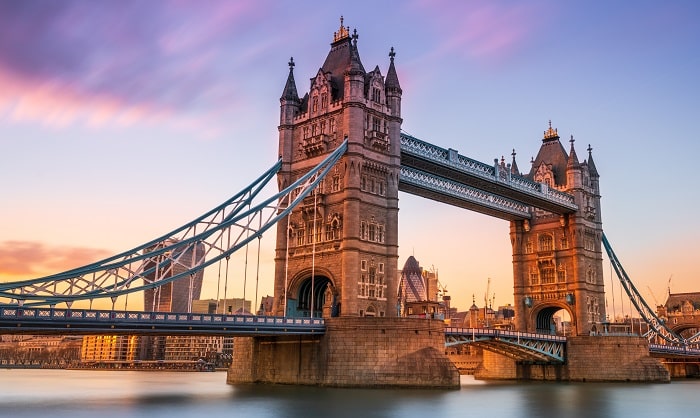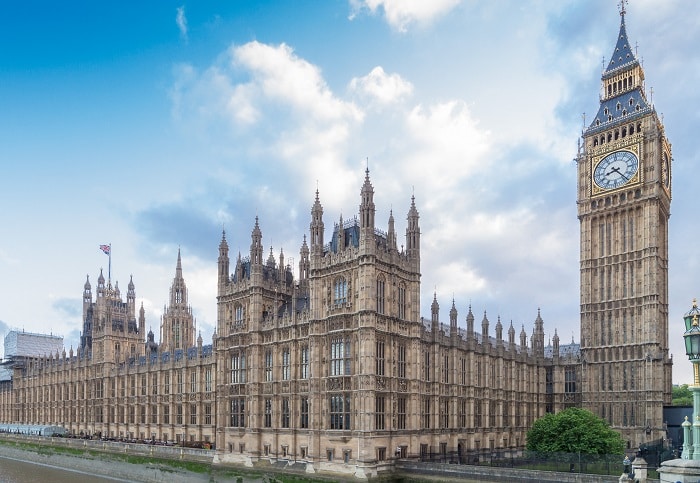Introduction — The Silent Risk Beneath Heritage Glazing
Heritage homes are more than architectural landmarks—they are cultural artefacts, repositories of craftsmanship, and enduring symbols of a bygone era. Each sash, mullion, and glazing bar reflects an aesthetic legacy that developers and conservationists strive to honour. Yet, beneath their visual charm lies a critical and often overlooked vulnerability: fire safety.
In an age of heightened regulatory scrutiny and post-Grenfell reform, upgrading period properties demands more than sympathetic materials. It requires technical precision and legal foresight. Nowhere is this more evident than in the specification of glazing. What appears to be a faithfully restored Georgian or Victorian window may, under modern fire resistance testing, reveal itself as a serious compliance risk.
The challenge is clear: to reconcile the visual demands of planning authorities with the performance requirements of Building Control. And at the centre of this tension is fire-rated glazing—a deceptively complex component often misunderstood or incorrectly specified.
This guide dissects the role of fire-rated glazing in heritage properties, unpacks why so many products fail under pressure, and equips specifiers, homeowners, and developers with the insights required to select solutions that pass inspection, without compromising historical integrity or delaying completion.
What is fire-rated glazing- And why you’ve been sold an illusion
At first glance, fire-rated glazing might seem like a straightforward solution for meeting fire safety standards in heritage homes. After all, it’s fire-resistant glass, designed to withstand high temperatures and prevent the spread of flames. Simple, right?
However, the truth behind fire-rated glazing is far more nuanced. Not all fire-rated glazing is equal, and it certainly isn’t a one-size-fits-all solution. The industry is filled with misleading claims, products that don’t hold up to the stringent fire tests, and materials that fail when put to the test.
For Conservation Architects, the challenge isn’t just about selecting a fire-resistant material; it’s about finding heritage-compliant solutions that won’t disrupt the historical integrity of the home. The illusion here is simple: fire-rated glass isn’t just about fire protection—it’s about how it integrates with existing period features without ruining the building’s character.
In the case of listed buildings, you may face restrictions on replacing or altering period windows. Choosing a fire-rated glazing solution that meets both safety standards and heritage protection guidelines can feel like navigating a minefield. And too often, the options available to architects fall short.
Why Heritage Homes Fail Modern Fire Tests
Fire safety tests for modern glazing systems are stringent. However, many of the glazing options deemed suitable for contemporary buildings fall short when placed within the context of heritage homes. This happens due to various reasons, from historical window design to non-compliant materials used in the glazing itself.
When fire-rated glazing systems are tested, their performance under heat and pressure is examined. This is where many period windows fail. The issue lies not just in the fire-resistance of the glass but in the frame, seals, and surrounding elements—none of which may have been designed to handle fire-resistant requirements.
For Heritage Homeowners, it’s vital to understand that upgrading to a fire-rated system doesn’t mean simply choosing the latest product—it means opting for sustainable solutions that honour the aesthetic value of the home while meeting modern safety standards.
The real challenge for developers and property owners comes when these systems don’t pass fire tests. It’s not just a cosmetic setback; it can lead to redesigns, delays, and unexpected costs. For those in the BOFU phase, understanding the deeper issues with fire-rated glazing can prevent costly mistakes down the line.
The rules that can block your project
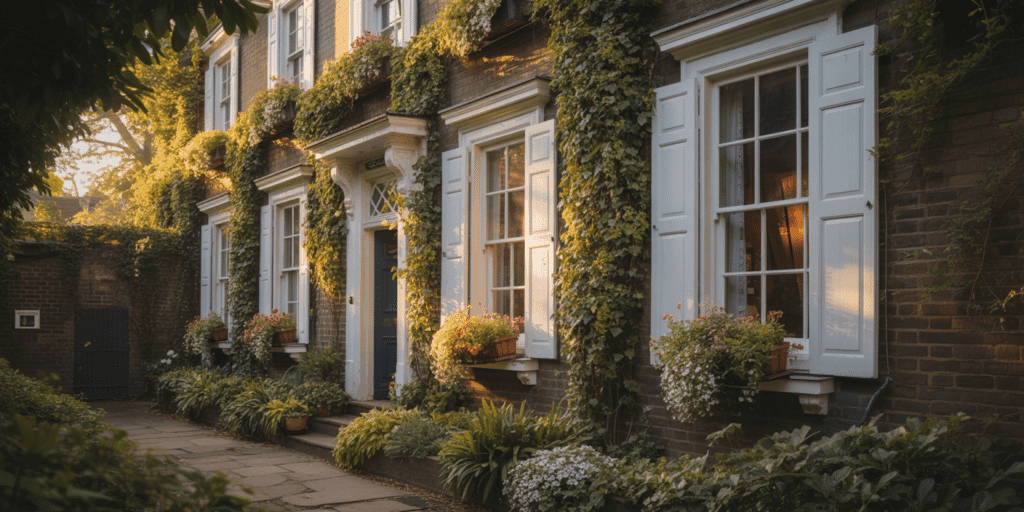
While choosing the right fire-rated glazing is important, understanding the rules governing heritage protection and building control regulations is equally crucial. There are several layers of legislation that come into play when working with listed buildings, and fire-rated glazing often intersects with these laws. The rules surrounding the installation of new windows or alterations to existing ones can be strict and confusing.
In the MOFU stage, we must explore the regulations more deeply. For example, English Heritage, or other national bodies, often require extensive documentation for any changes made to listed buildings, and failure to meet fire safety standards is one of the biggest triggers for project delays. Planning officers and conservation officers may reject a proposal if the fire-rated glazing doesn’t align with their expectations of authenticity and performance.
the hidden battleground: listed buildings vs modern compliance
Listed buildings present an inherent conflict between the desire to retain historical accuracy and the necessity to comply with modern-day fire safety standards. The challenge for architects and contractors is often not about fire protection itself but about how to integrate these systems without detracting from the building’s historic value.
Certainly! Continuing from where we left off:
approved heritage-compatible fire glazing solutions
The demand for heritage-compatible fire glazing has grown significantly as more architects, developers, and homeowners are faced with balancing modern fire safety standards while maintaining the historical authenticity of their properties. Fire-resistant glazing systems for heritage buildings must be selected with extreme care.
For the Conservation Architect, this means evaluating not just the glass but also the entire window assembly, including the frame, seals, and mounting methods. Many of the traditional glazing systems fail to meet the fire safety standards required by modern building codes, but there are emerging options specifically designed to blend period aesthetics with fire compliance.
These systems combine fire-resistant glazing with traditional features, ensuring that both visual integrity and performance standards are met. One solution is intumescent glazing, a type of fire-rated glazing that expands when exposed to heat, effectively sealing the opening and preventing the spread of flames. Intumescent glazing can be applied in ways that maintain the original look of the window, preserving the charm and elegance of Victorian, Georgian, or Edwardian facades.
For Heritage Homeowners, selecting fire-rated glazing solutions that offer both aesthetic sensitivity and compliance can be daunting. It’s essential to consult specialists in heritage window design who understand both the technical requirements and the historical sensitivity required for the job.
Approved Solutions at a Glance
- Intumescent Glazing: Expands under heat to form a seal, maintaining the aesthetic appeal of period windows.
- Fire-Rated Slimline Glass: Thin yet resistant, designed to blend seamlessly into heritage frames while meeting building regulations.
- Heritage Fire Glazing Systems: Customizable solutions that retain the original look of historic windows but enhance them with fire protection technology.
These solutions are crucial in ensuring that fire-rated glazing does not distort the architectural harmony of heritage buildings. Ensuring these solutions are also compliant with listed building requirements makes them a powerful tool for architects and developers working on complex projects.
product types – and which one fails under pressure
Selecting the right fire-rated glazing can be overwhelming, given the variety of products on the market. However, not all options are created equal. Understanding which products perform under fire conditions is essential to avoid costly errors and prevent a failed inspection.
The primary issue with many period window upgrades is that standard fire-rated glazing often fails when subjected to the intense scrutiny of modern fire safety tests. These tests evaluate the material’s ability to withstand high temperatures and its ability to block the spread of flames and smoke. Too often, homeowners and contractors alike are sold products that don’t meet the regulatory standards, leading to significant delays and rework.
For Spec Developers or Contractors in the BOFU stage, knowing which glazing products are most likely to fail under pressure can prevent a project from stalling at the final approval stages.
Glazing Products to Avoid
- Standard Float Glass: Often marketed as fire-rated, it fails under high temperatures, allowing flames to spread.
- Cheap Retrofit Products: These may appear to fit the aesthetic but do not meet the required fire-resistance ratings.
- Improper Seals: Glazing systems that do not have proper seals or intumescent layers fail when exposed to heat.
The failure of these glazing systems can cause building control inspections to reject the proposal, and further delays can cost thousands of pounds. To avoid such issues, working with reputable suppliers of heritage-grade fire-rated glazing is essential. Products that have been specifically designed and tested for heritage buildings are the safest bet.
Case studies that survived building control (and why)
To truly understand what works, let’s dive into real-life case studies of heritage homes where fire-rated glazing passed building control tests. These projects showcase the value of planning, the importance of selecting the right materials, and the critical nature of understanding fire safety regulations in heritage renovations.
Case Study 1: The Victorian Townhouse in Central London
In this project, the architect worked with a specialist supplier to install intumescent glazing within the existing Victorian frames. By maintaining the original window sashes and carefully integrating fire-rated glazing that expanded under heat, the project passed fire resistance tests while keeping the building’s aesthetic intact.
- Challenge: Finding a fire-rated solution that maintained the Victorian charm.
- Solution: Slimline, fire-resistant glass that fits seamlessly into the period window frame.
- Outcome: Passed building control inspection, with no delays or cost overruns.
This case study emphasises the importance of choosing approved glazing systems specifically designed for historic buildings, with materials that can expand and contract without damaging the structure. For Heritage Homeowners, this story demonstrates that it is possible to meet fire safety standards without compromising the historical integrity of their property.
For architects & developers: how to avoid the re-design nightmare
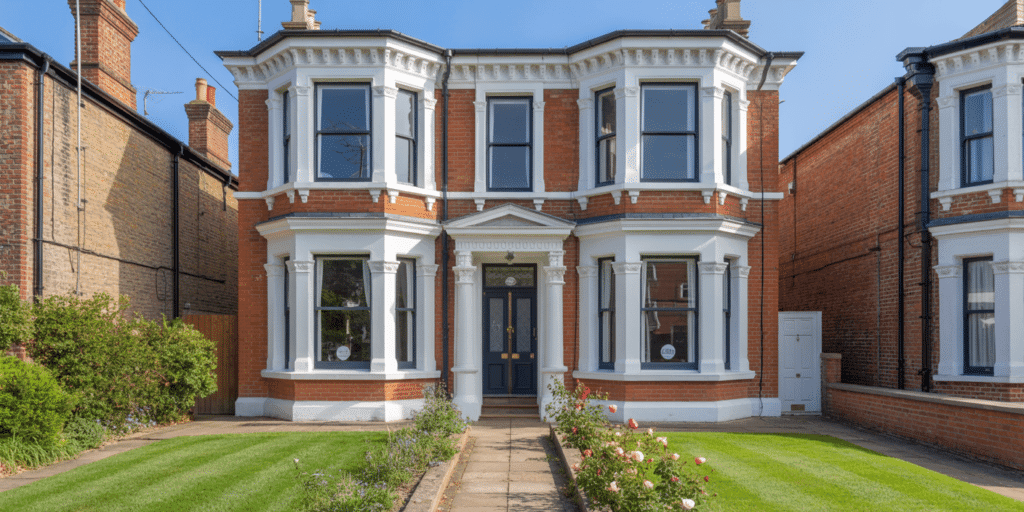
For architects and developers, the risk of project delays due to non-compliant glazing systems is a serious concern. Choosing the wrong glazing solution can lead to re-draws, budget blowouts, and inspection failures, delaying the project by months. Therefore, understanding building control requirements and selecting the right fire-rated glazing is crucial for avoiding the dreaded re-design.
For Conservation Architects and Spec Developers, this is an area where proactive planning and early compliance checks can save time, effort, and budget. Working with experienced contractors and suppliers who understand both heritage preservation and modern fire safety regulations is key to success.
navigating planning & building control
Behind every elegant sash or antique bay window in a listed property lies a file of red-taped approvals, waiting to be signed—or rejected. In the UK, heritage homes often fall under the jurisdiction of conservation officers, planning authorities, and building control inspectors. Each has its own remit, but when it comes to fire-rated glazing, their concerns can clash.
Planning departments focus on how the property looks. Their concern is whether the proposed glazing matches historical precedents, whether the frames mirror original dimensions, and whether visual uniformity is preserved across the facade. But Building Control sees a different battlefield. They ask: Will this window hold up in a fire? Can it resist heat for 30 minutes? Will it act as a barrier or an escape route?
For the Conservation Architect, this dual scrutiny can create a paradox. Satisfy one side, and risk rejection from the other. The most elegant period-faithful glazing, crafted to replicate 19th-century joinery, might be dismissed by Building Control for lacking certified performance. On the other hand, a triple-glazed, steel-reinforced fire-rated unit may tick every safety box but get vetoed for violating aesthetic regulations.
To reconcile these priorities, developers and architects must learn to build alliances early. That means involving both parties from the design stage. Planning officers are more likely to approve deviations from visual norms if presented with evidence of compliance, such as EN 13501-2 test certificates, or examples of similar windows used in listed buildings with conservation sign-off.
For Spec Developers, the stakes are even higher. Planning delays cost money. Each day that glazing schedules slip, other contractors are stalled, timelines are redrawn, and penalties accrue. Having a fire-rated glazing solution that is pre-approved for listed building use—and supplied with all the documentation needed for Building Control—can become a critical path enabler.
A compliant solution isn’t just about the product—it’s about the paper trail behind it. Developers should ensure that their suppliers provide:
- Full fire resistance test reports (EN 1364 or BS 476 Part 22)
- Installation instructions aligned to tested systems
- U-value and acoustic ratings, if required by local planning conditions
- Visual mock-ups or heritage reference images for planning submission
This documentation isn’t optional—it’s the language of approval. Speaking it fluently turns an adversarial review into a formality.
cost, lifespan & spec breakdown
A common myth among homeowners is that fire-rated glazing is prohibitively expensive, reserved only for commercial or high-risk buildings. In truth, the cost of fire-rated glazing for heritage properties can vary significantly, depending on factors like performance class, frame compatibility, and whether the glass is part of an integrated system.
For the Heritage Homeowner, sticker shock often arises not from the glass itself, but from discovering they need to replace or adapt surrounding structures—timber sash frames, seals, or even walls that can’t support the new system. That’s why understanding the total installed cost is key, not just the material price.
Let’s break it down:
| Component | Cost Range (per unit) | Notes |
| Fire-Rated Glass (30/0) | £180 – £300 | 30 min integrity; no insulation |
| Fire-Rated Glass (30/30) | £250 – £450 | Adds insulation to slow heat transfer |
| Certified Timber Frames | £500 – £900 | Must match fire-tested configurations |
| Installation & Labour | £350 – £700 | Varies based on access, prep required |
That means a typical heritage-grade fire-rated sash unit might range from £1,100 to £1,800, depending on complexity.
But what about lifespan? Fire-rated glazing isn’t fragile or short-lived. Most systems boast lifespans of 20–30 years, with some tested for even longer when maintained correctly. Many products come with manufacturer warranties ranging from 10 to 20 years, especially when installed to certified standards.
It’s also worth noting that some insurers offer premium reductions for homes with certified fire-resistant upgrades, especially in dense urban areas or in homes that double as short-term lets. These savings can make the upfront investment more palatable over time.
deep fAQs
To address lingering uncertainties for all user personas, let’s tackle some of the most frequently asked—but rarely fully answered—questions.
Does fire-rated glazing always need to be double-glazed?
Not always. While many modern fire-rated solutions are double glazed to meet U-value requirements under Part L, some single-pane options still meet fire integrity (30/0) standards, particularly when used internally. However, in heritage homes where thermal performance is also required, double-glazed, slimline fire-rated units are increasingly the standard.
Can I retrofit fire-rated glass into my existing sash frames?
Only under strict conditions. Retrofitting is possible only if the entire assembly (glass + frame) has been tested together and certified. Swapping out non-rated glass into an uncertified frame—no matter how similar it looks—voids the fire rating. Some manufacturers offer pre-tested timber sash units specifically designed for listed properties.
Will planning officers reject visible intumescent seals?
Not necessarily—but it depends on the visibility and location. In most conservation areas, any element that visibly alters the external appearance may require justification. That’s why slimline seals, hidden frames, and concealed beading systems are preferred. Presenting a visual sample or precedent case to planning officers can ease approvals.
What tests should the glazing pass to satisfy Building Control?
At minimum, look for:
- BS 476 Part 22: British Standard for fire resistance tests on elements of building construction
- EN 1364 or EN 13501-2: European Standards for fire resistance, integrity, and insulation
- Some suppliers may also provide WFRC certification or UKCA markings, which signal third-party validated compliance.
What to ask your supplier before you buy
Buying fire-rated glazing for a heritage property isn’t like ordering a standard double-glazed unit. It requires surgical precision in specification alignment, regulatory documentation, and visual harmony. Whether you’re a homeowner protecting a period cottage or a developer managing a high-stakes conservation retrofit, the questions you ask now determine the outcome months later.
This is where the seasoned Spec Developer thrives. The safest projects are the ones that treat fire-rated glazing as a compliance-critical subsystem, not a cosmetic upgrade. Mistakes here lead to delays, refusals, and retrofitting disasters. Success lies in knowing exactly what to demand before placing a single order.
Essential Questions to Ask Your Glazing Supplier:
- What fire-resistance certifications do your products hold?
Look for third-party verification like EN 1364, EN 1634, or BS 476 Part 22. “Tested to standard” is not the same as “certified.” - Can you provide full test documentation for both the glass and frame assembly?
Many suppliers only test the glass in isolation. You need system-level testing that reflects real-world installs. - Is this system approved for use in listed buildings or conservation zones?
If not, you’re risking planning rejection, regardless of fire compliance. - What U-value does this glazing system achieve?
Under Approved Document L, you’ll need to meet strict energy efficiency targets, especially if windows are replaced in their entirety. - Are seals, beads, and putty lines period-faithful in appearance?
Planning approval may depend on visual alignment with heritage norms.
These questions filter out generic suppliers and leave you with specialists who understand both the regulatory terrain and aesthetic fidelity.
Beyond glass- it’s about strategy
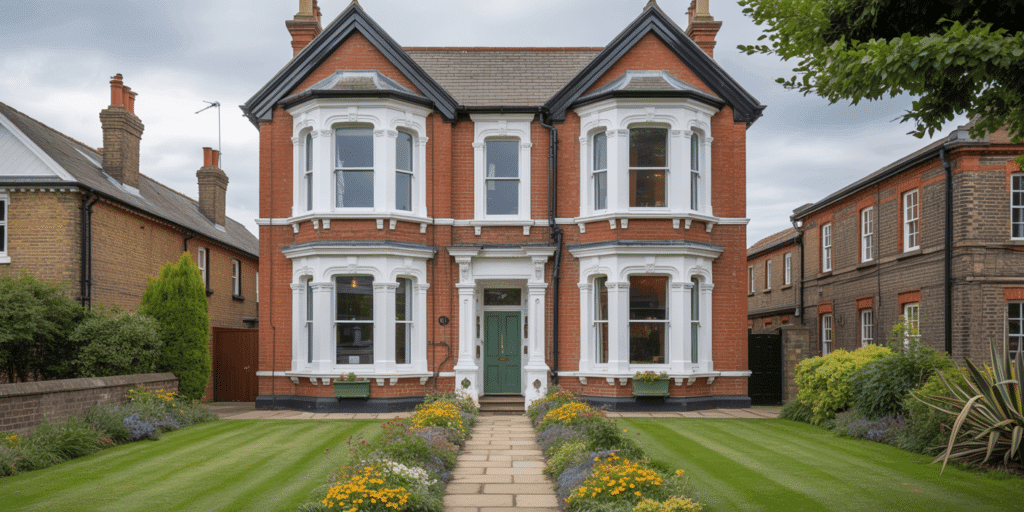
In the end, fire-rated glazing for heritage properties isn’t about glass. It’s about knowing how to navigate risk, regulation, and respect for history, for safety, and for schedule. The choice you make here has ripple effects on every downstream approval, every stakeholder meeting, and every inspection you face.
Choosing right means not just selecting a product, but aligning yourself with those who’ve already fought this battle and survived. Those who understand that in heritage homes, compliance is an art, and the right window opens doors.


